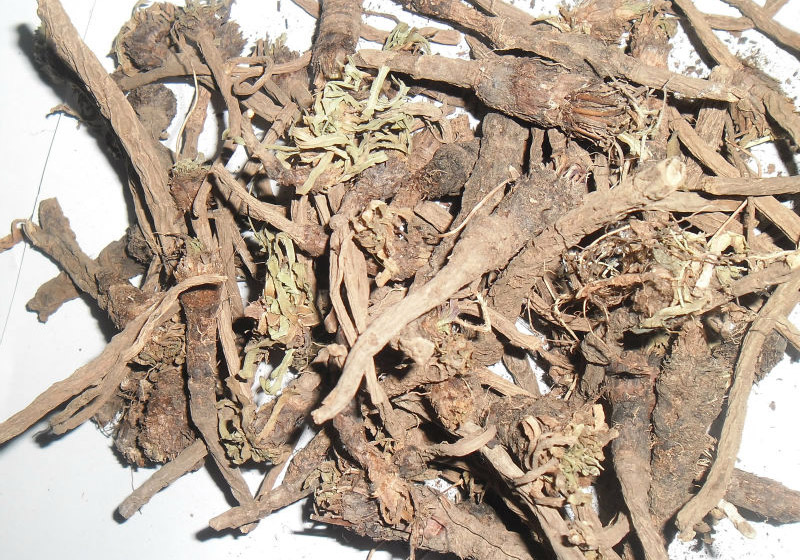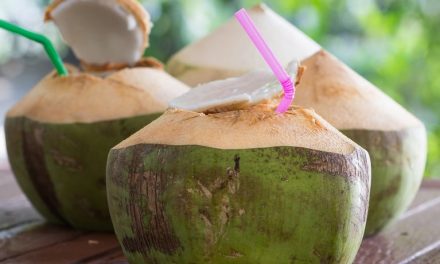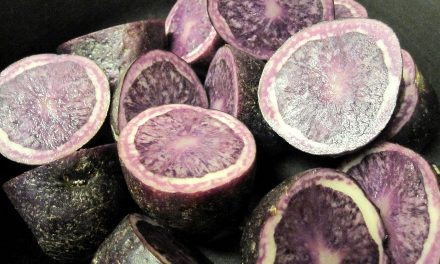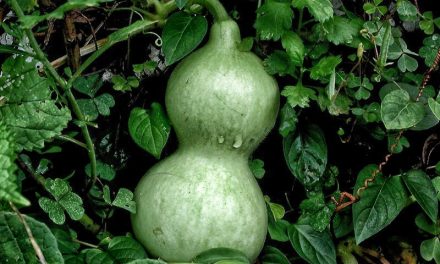Pellitory root (anacyclus pyrethrum) is considered to be of Arab origin, because Charak, Sushrut and Vagbhatt do not mention about it. Probably Unani Hakims (herbal doctors) brought it to India. But today it is considered to be one of the most popular herbs of India and Arabic countries.
It is cultivated in a few regions of India. The small shoots grow with the beginning of the rains. The root is pungent in taste and the person feels hot when it is chewed and a burning sensation is felt on the tongue. As far as quality is concerned the roots found in the Arabic countries are better.
External Form of Pellitory Root:
It is bushy and fibrous in form. There are small holes on the root at a distance. The root is pungent and hot, three to four inches in length, half inch broad. The flowers are whitish purple and yellow in colour. The branches, leaves and flowers are white and have thick stems. People in Maharashtra cook vegetable and make pickle with this stem.
Chemical Composition of Pellitory Root:
The most active substance found in this root is pirathrine, which is a colourless crystal like thing. Apart from this it contains a little amount of oil, which evaporates, and stagnant oil, 50% insulin substance is also found. Qualities: It is strengthening and cures swelling. It strengthens the nervous system, increases the sexual urge and relieves pain.
Family name: Compositae = Asteraceae.
Latin name: Anacyclus pyrethrum DC.
(Also known as pyrethrum root in English)
Sanskrit: Akarkarbha, Akaltnak
Hindi: Akarkara, Karkara
Gujarati: Akorkaro
Marathi: Akkalkara
Bengali: Akarkara
French: Vaishvatharkhun, Kohi
Arabian: akikihan, Aduk Lai
Punjabi: Akarkara
Treatment for Headache with Pellitory Root:
Grind the roots and apply the lep on the forehead, to relieve headache.
Keep it in between the teeth to relieve headache. On chewing it, the saliva is secreted and relieves toothache.
Treatment for Epilepsy with Pellitory Root:
Grind it in vinegar, add honey and lick around 5 to 10 mg of this medicine to control the attacks of epilepsy.
It is beneficial in case of fits, if given along with Brahmi quath.
Treatment for Dull Headedness with Pellitory Root:
Take equal amount of Akarkara and Brahmi and make a powder, take half spoon regularly to improve the intelligence, a stupid person can also become clever with this medicine.
Treatment for Stammering with Pellitory Root:
Add the powder of its root with black pepper and honey, rub one gram of this mixture on the tongue to remove the dryness. It cures lisping of the tongue. It should be used for 4 to 6 weeks.
Treatment to Improve Voice with Pellitory Root:
Take 250 to 500 mg of the root powder to improve the voice of children and singers.
Treatment for Toothache with Pellitory Root:
Take equal amount of Pellitory root and camphor and grind it, use this powder to brush the teeth, it cures all types of toothache.
Gargle with the quath of the root to cure toothache and it also strengthens the looseness of teeth.
Treatment for Throat problems with Pellitory Root:
Gargles with this water are beneficial in case of tongue, teeth and throat problems.
Treatment for Bad Odour with Pellitory Root:
Take equal quantities of Pellitory root, Nagarmotha, roasted alum, black pepper, rock salt, brush the teeth everyday with this powder. It cures all types of dental problem and bad odour.
Treatment for Heart disease with Pellitory Root:
Add Arjun chhal and Pellitory root powder in equal quantities, grind it nicely and take half spoon twice daily to cure anxiety, palpitation, shivering, pain and weakness.
Take 20 to 25 mg of Kullajan, Sonth and Akarkara (Pellitory root) and boil in 400 ml of water till it reduces to one-fourth quantity. This is beneficial in case of heart diseases.
Treatment for Hiccups with Pellitory Root:
Take one gram of Pellitory root powder and lick with honey; it has an instant effect in case of hiccups.
Treatment for Fever with Pellitory Root:
Cook this powder in olive oil and massage the body, it helps in perspiration and bring down the temperature.
Give 4 to 6 drops of Chirayata with 500 mg of this powder to cure chronic fever.
Treatment for Respiration with Pellitory Root:
Sieve the Pellitory root with a cloth and smell it to remove the blockages in respiration.
Treatment for Cough with Pellitory Root:
Drink 100 ml Pellitory root quath twice daily to cure cough.
Take 3 to 4 gm of this powder it removes phlegm along with stools. Stomach problem: Take equal amounts of Pellitory root powder and small Pippali powder, and take half spoon twice daily after meals.
Treatment for Acidity and Loss of Digestive Fire with Pellitory Root:
Take one gram of each of Shunthi powder and Akarkara, and take it to cure acidity and loss of digestive fire.
Treatment for Menstrual Cycle with Pellitory Root:
Take 100 ml of Pellitory root quath to regulate the menstrual cycle.
Treatment for Dullness with Pellitory Root:
Take one gram of this powder with two to three cloves to remove the dullness in the body. Drink 100 ml of Pellitory root quath to overcome laziness.
Treatment for Paralysis with Pellitory Root:
Grind the Pellitory root nicely and add it in Mahua oil, massage the paralytic area for benefit.
Take 500 mg of Pellitory root powder with honey twice daily to cure paralysis.
Treatment for Sciatica with Pellitory Root:
Add the Pellitory root powder in walnut oil and massage the affected area.
Treatment of Wounds with Pellitory Root:
Make 100 ml of quath with Ushva and take it in case of wounds.
Mix Pellitory root powder and mustard powder with honey and apply the lep on the tongue to cure partial body pain.
Treatment for Bajikaran with Pellitory Root:
Take equal amounts of Ashvagandha, white Moosali, Akarkara and grind nicely, take one spoon regularly in the morning with one cup of milk. It has good effect. It should be taken in the prescribed quantity. Raisin and Katira gum reduce its effect.











sir,you have mentioned that linseed contains some glycoside which is poisonous; when eaten by animal,the animal dies.then how it is not poisonous to human beings.
alsi beej[hindi name]is flax seed;are the flax ssed and linseed the same? pls.clarify
regards;
dr.subhash thakral